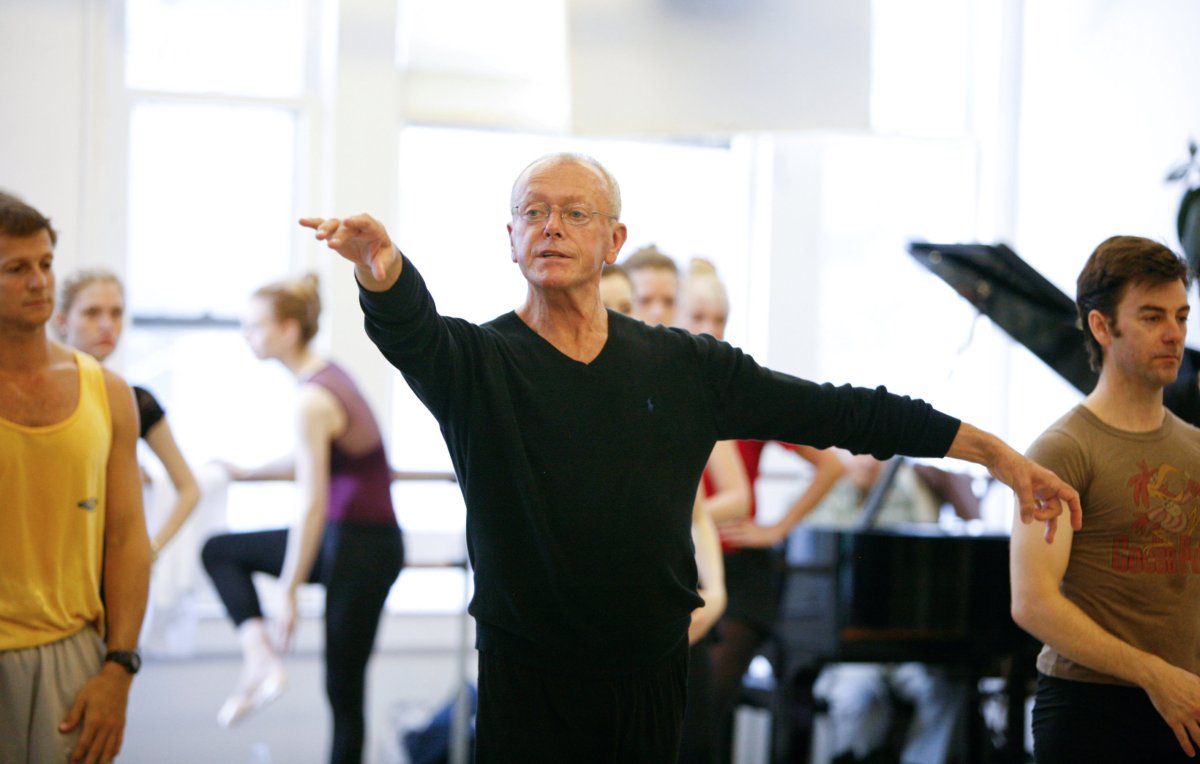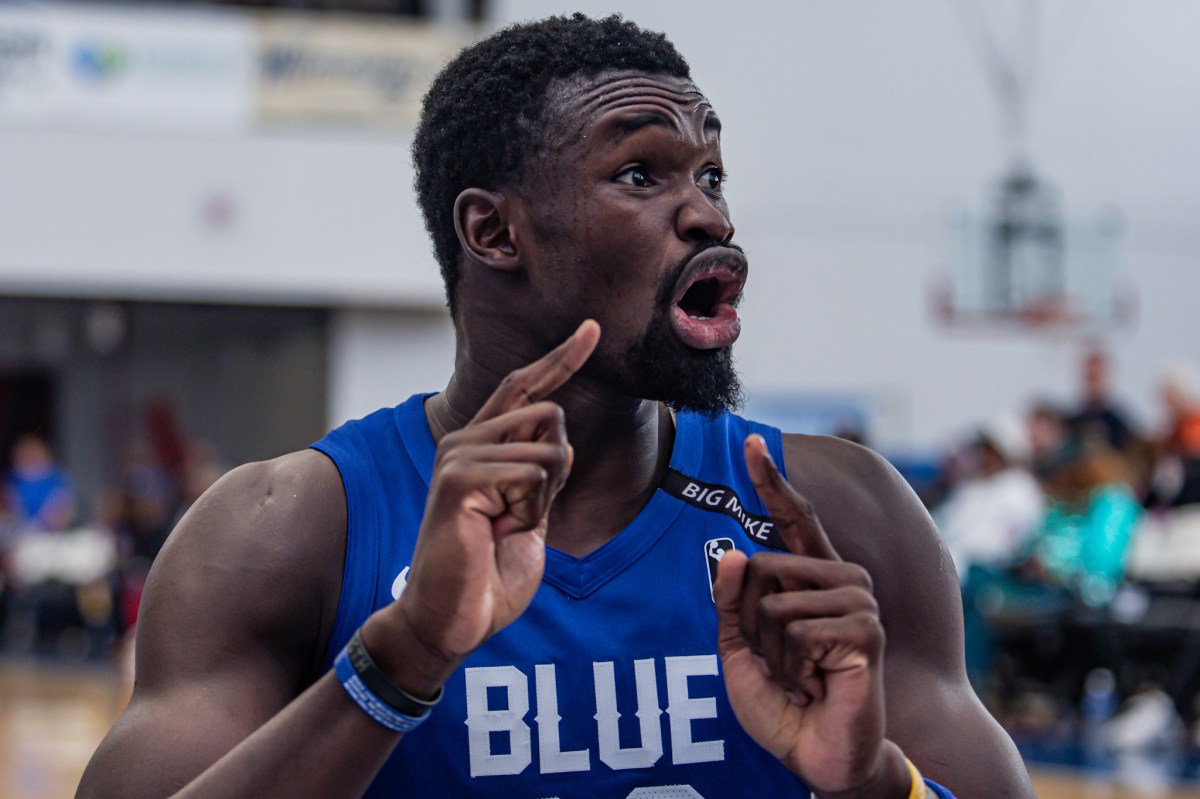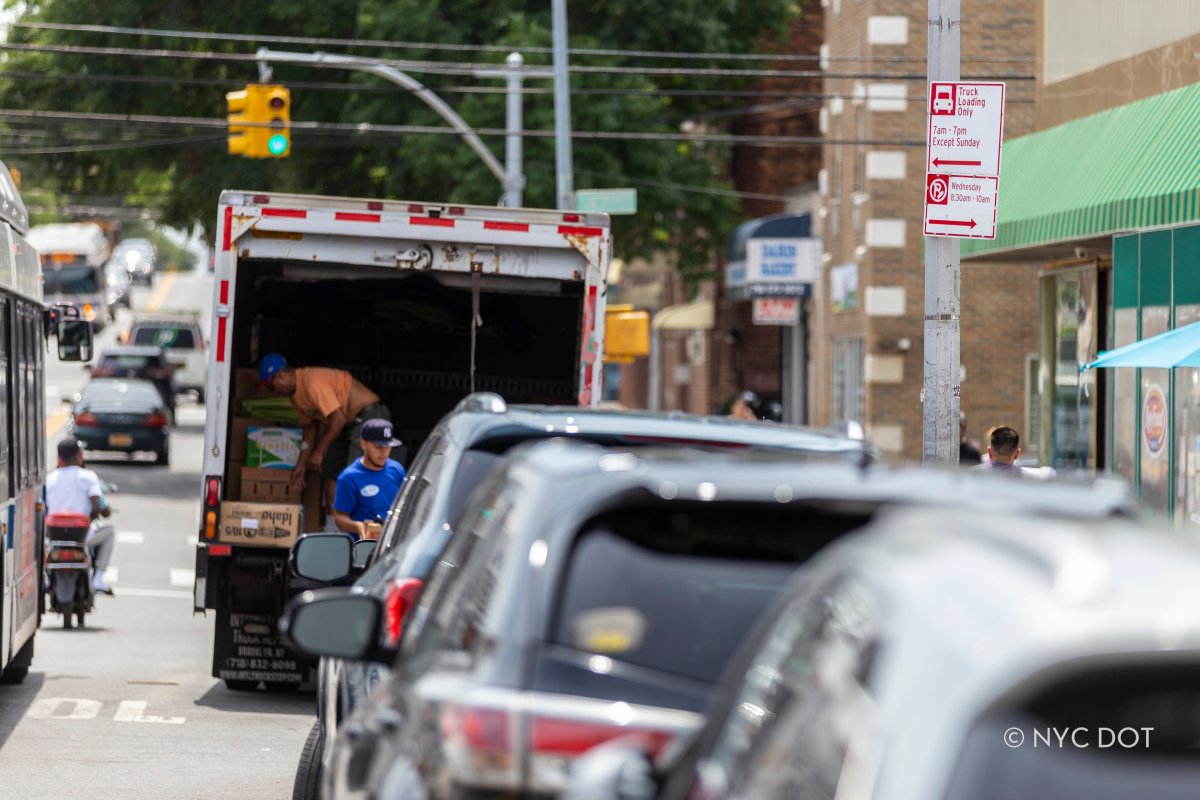NEW YORK (Reuters) – Wilhelm Burmann, a master teacher and coach for the world’s top ballet dancers for more than four decades, has died of renal failure after his treatment was complicated by the coronavirus, a close friend said. He was 80.
Burmann died peacefully on Monday, five days before his 81st birthday, in Mount Sinai West hospital in New York City, where he tested positive for the virus, said his health care proxy and friend, Jane Haugh.
“If there’s no coronavirus in the world, we would have been able to be at Willy’s bedside. The issue would have been simpler or narrowed to his kidneys,” she told Reuters late Tuesday.
“There are many ideas about how to celebrate his life. But nobody can make any plans right now.”
Burmann’s classes in New York City attracted a Who’s Who list of not just ballet stars, but also Broadway and modern dancers seeking to hone their craft under his meticulous eye. He taught in various studios before joining Steps on Broadway in 1984, offering five classes a week until they were suspended on March 20 due to the coronavirus outbreak.
Regular students included stars such as Julio Bocca and Alessandra Ferri of American Ballet Theatre, and Wendy Whelan and Maria Kowroski of New York City Ballet (NYCB).
Burmann’s death marks the end of an era of legendary teachers such as Stanley Williams, Maggie Black and David Howard in New York. The marriage of music and movement with a 21st century sensibility defined his approach.
Wilhelm Burmann, born in Germany in 1939, began his ballet training at the age of 16 in Essen. Despite a late start, he was a principal at Frankfurt Ballet, Grand Theatre du Genève and Stuttgart Ballet before dancing at NYCB for four years in the early 1970s. He also served as ballet master for Washington Ballet and Ballet du Nord.
Tall and terse, Burmann intimidated newcomers with his simple but fast exercises, deadpan expression and withering glare. Generations of dancers braved his tough love to gain morsels of insight on how to elevate performance into art.
“‘Come clean up this mess you left here on my floor,’ he would say to dancers who carelessly executed a combination of steps,” Haugh recalled.
“His coaching gave me an incredible freedom on stage, his presence gave me strength,” said Ferri, a regular in Burmann’s classes even after retirement.
“The thing I’ll never get over is that experience of witnessing miracle after miracle in that room. ‘Try this, and see,’ it would work,” marveled former New York City Ballet principal Wendy Whelan, Burmann’s student for almost 30 years who was named NYCB’s associate artistic director in February.
“That was the greatest gift in my life.”
Burmann’s classes made no sense to Christina Johnson until a colleague insisted she stick with them for two weeks.
“He completely changed my understanding of classical ballet,” said the former Dance Theatre of Harlem principal. “You can’t deny when your technique gets better that you’re doing the right thing.”
“Taking his class was like getting a PhD in ballet,” said former NYCB soloist Tom Gold, who recruited Burmann as artistic associate of his own dance company two decades ago.
“It wasn’t about the highest legs or the most turns. It’s about music, movement. He never considered himself to be of any style or format. He wanted people to dance like contemporary dancers but in a classical way.”
Former Paris Opera Ballet star Isabel Guerin would take his classes during her visits to New York.
“Willy was unique,” Guerin said, adding that his classes were like a “science lab” where dancers from all of the world could experience Willy’s knowledge of ballet technique.
Burmann is survived by his sister Chrystal Weideman in Germany, and grand nieces of his late partner of 25 years, Alfonso Cata, who had been artistic director of Ballet du Nord.
(Reporting by Richard Chang; editing by Diane Craft)























